- Tags:
- Kurokawa Noh / morokoshi / Noh mask / Souvenir / Sweets / Wagashi / Yamagata Prefecture
Related Article
-
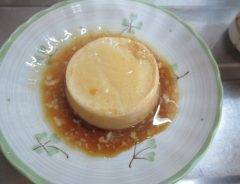
Recreating delicious Japanese convenience store pudding in…a microwave?
-

Sample Traditional Sweets from All Over Japan at the IKESEI Sweets Festival Tokyo
-

Have Your Cup And Eat It Too With Tokyo’s Cute Coffee In Ice Cream Cones
-
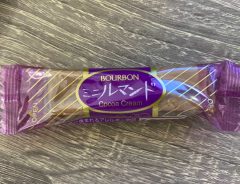
“Bribing a VIP”: Japan’s Georgia ambassador “endorses” Japanese snack in adorable photo
-
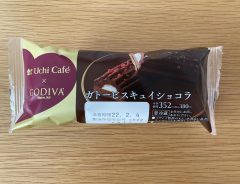
Gâteau Biscuit Chocolat is latest heavenly collab between Godiva and Lawson convenience stores
-
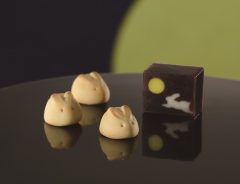
Rabbit wagashi collection is perfect for pairing with Japan’s Tsukimi Festival
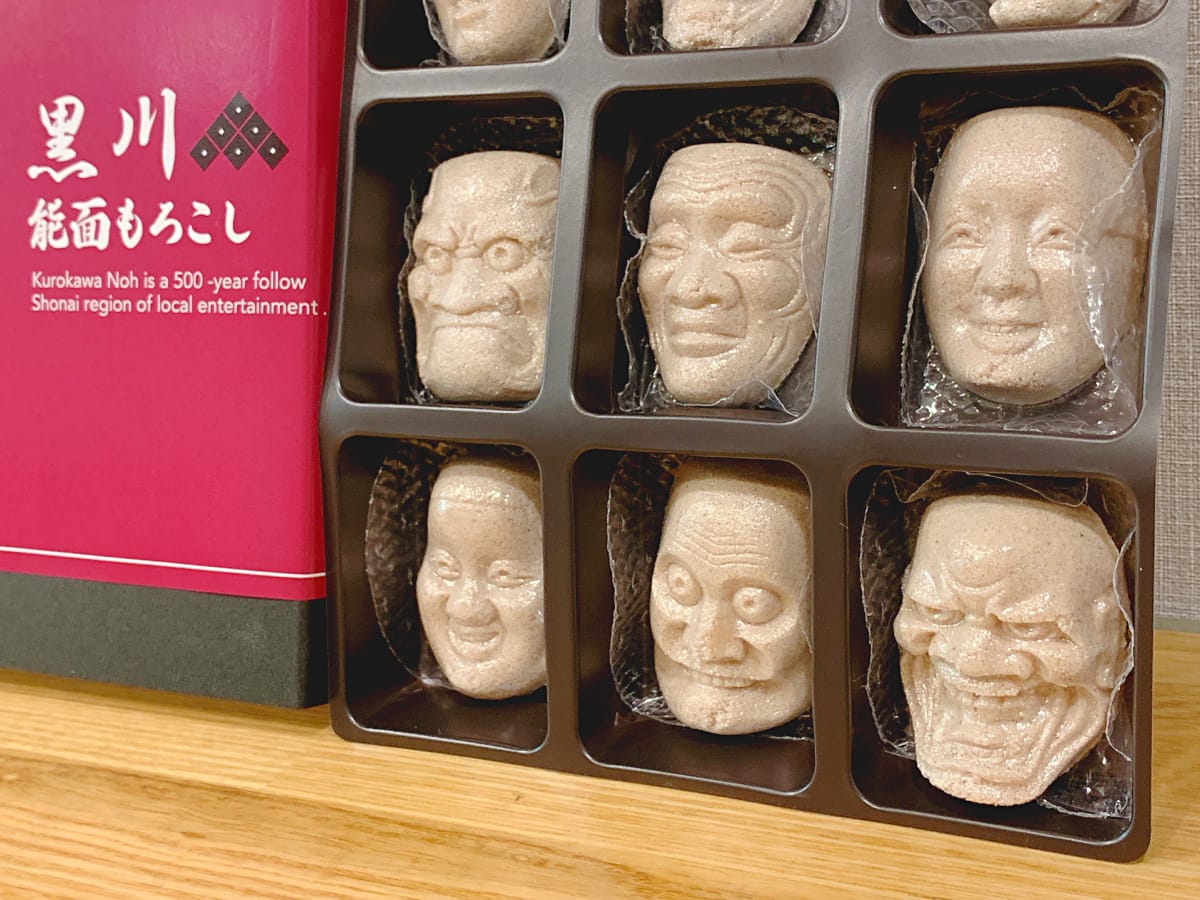


Kurokawa Noh
The classical Japanese dance-drama Noh 能 is the world's longest-lived extant theater art. Highly symbolic in nature, with a sparse stage devoid of decorative elements, and actors wearing masks narrating stories often dealing with ghosts, deities, and demons, Noh is powerful and unique.
Several regional varieties of Noh exist, one of which is 黒川能 Kurokawa Noh. Designated as a significant intangible folk cultural asset by the Japanese government, it was prevalent in the Muromachi era (1336 to 1573) in the Kurokawa area of Tsuruoka City, Yamagata Prefecture. Passed down from generation to generation, Kurokawa Noh is performed by parishioners of the 春日神社 Kasuga Shrine as an offering and can still be seen during the 王祇祭 Ōgisai Festival on February 1-2.
Kurokawa Noh Mask Morokoshi sweets
If you have an opportunity to see Kurokawa Noh in person, we highly recommend it. However, if you don't, you can still learn about it by watching videos. You'll find several with the keyword 黒川能 on YouTube.
Another way of appreciating this unique tradition is through a souvenir gift called 黒川能面もろこし Kurokawa Noh Mask Morokoshi, traditional Japanese sweets molded into the shape of Noh masks!
A total of 230 masks are used in Kurokawa Noh. Up to nine of the most common ones were chosen for these unique sweets. もろこし Morokoshi is a type of sweet made of azuki bean flour and sugar. Although it's famous in Akita Prefecture, for Kurokawa Noh Mask Morokoshi, they added some 山椒 sansho pepper (Zanthoxylum piperitum) native to Kurokawa. It adds a subtle kick of spice to this sugary sweet, which is probably best enjoyed together with a cup of green tea.
To get the best selection of masks, we ordered the box of nine:
Photo by grape Japan
The bold burgundy on black box design with a 般若 Hannya (representing a jealous female demon) mask staring at you creates quite the impression...
Photo by grape Japan
The pamphlet mainly describes the history of Kurokawa Noh, as well as actual photos of the masks on which the nine sweets are based.
Photo by grape Japan
If you're wondering about the shiny luster, each one is individually vacuum sealed!
Photo by grape Japan
Noticing the details of these Noh mask sweets
The first one we tried was the 父尉 chichinojō. Without the plastic wrapping, you can get a better idea of the texture since it's made with azuki bean flour and sugar.
The old man seems to be enjoying the fresh air!
Photo by grape Japan
"Ahhh, gokuraku gokuraku (that feels good)"
Photo by grape Japan
Here, he looks like he's soaking in a hot bath with his head sticking out. How relaxing...
The plastic wrapping even looks like a frilled collar on a baby vest...
Photo by grape Japan
"Who are you calling baby?"
Photo by grape Japan
Uh-oh, looks like we've angered Oto...
Better eat them up before the spirits of the masks come to haunt us in our sleep!
To order online
黒川能面もろこし Kurokawa Noh Mask Morokoshi comes in boxes of 3, 6 or 9 and can be purchased at the following links:
Please note that they only deliver to Japanese addresses, so you may need to use a forwarding service such as Buyee or White Rabbit Express to have it delivered abroad.